Venus Optics LAOWA STF 105 mm f/2 (T3.2)
5. Chromatic and spherical aberration
Chromatic aberration
As many as three low dispersion elements in the optical construction seem to do their job pretty well because there are no visible problems with the longitudinal chromatic aberration. The hue of out- of-focus images is noticeable but it remains very slight.
 |
Please Support UsIf you enjoy our reviews and articles, and you want us to continue our work please, support our website by donating through PayPal. The funds are going to be used for paying our editorial team, renting servers, and equipping our testing studio; only that way we will be able to continue providing you interesting content for free. |
- - - - - - - - - - - - - - - - - - - - - - - - - - - - - - - - - - - - - - - - - - - - - - - -
The graph below allows you to assess the performance in the lateral chromatic aberration category.
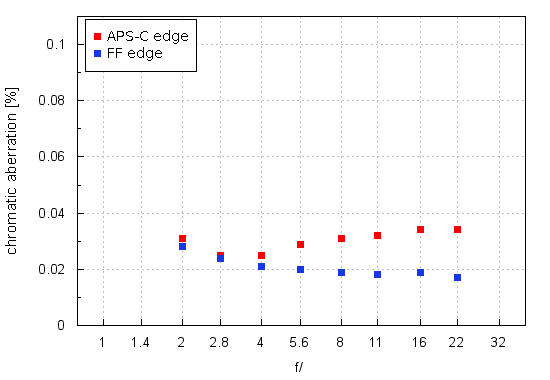
Here the results are simply sensational. No matter whether you measure the aberration on the edge of the APS-C/DX sensor or on the edge of full frame most values oscillate around 0.02-0.03%. Such a level we consider to be very low.
| Nikon D3x, f/2.0 | Nikon D3x, f/4.0 |
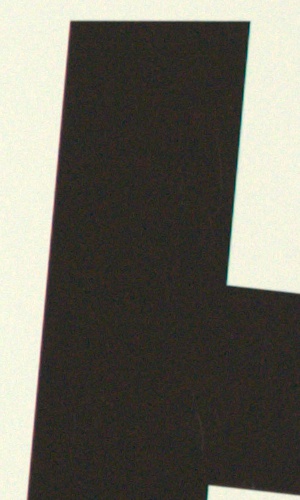
|
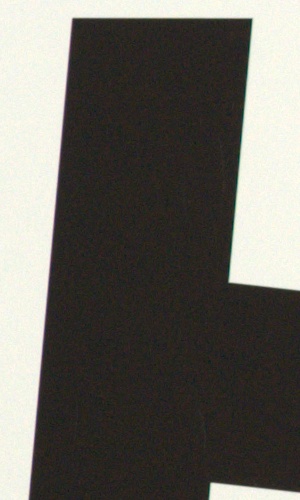
|
Spherical aberration
The tested lens has a slight problem related to the spherical aberration. It is visible as a slight focus shift towards bigger distances when you pass from f/2.0 to f/2.8 aperture (first photos of this chapter). The measurements show it as well: the best result by f/2.0 cannot be obtained for the same position of the focus ring as the one for higher aperture values.
This time you cannot notice the spherical aberration as a specific appearance of defocused light circles. The effect of decreasing light intensity near the edge, noticeable in both of them, is of course a deliberate result of employing an apodization element. If you tried to reach similar effects using spherical aberration only the circle on one side of the focus would have such soft edges. The edges of the second one, from the opposite side, would have a light rim.
| Nikon D3x, f/2.0, in front of | Nikon D3x, f/2.0, behind |
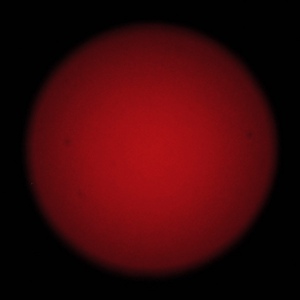
|
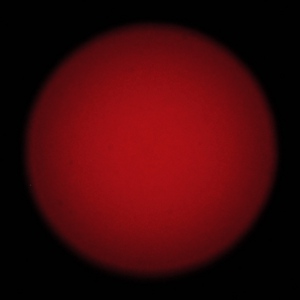
|



